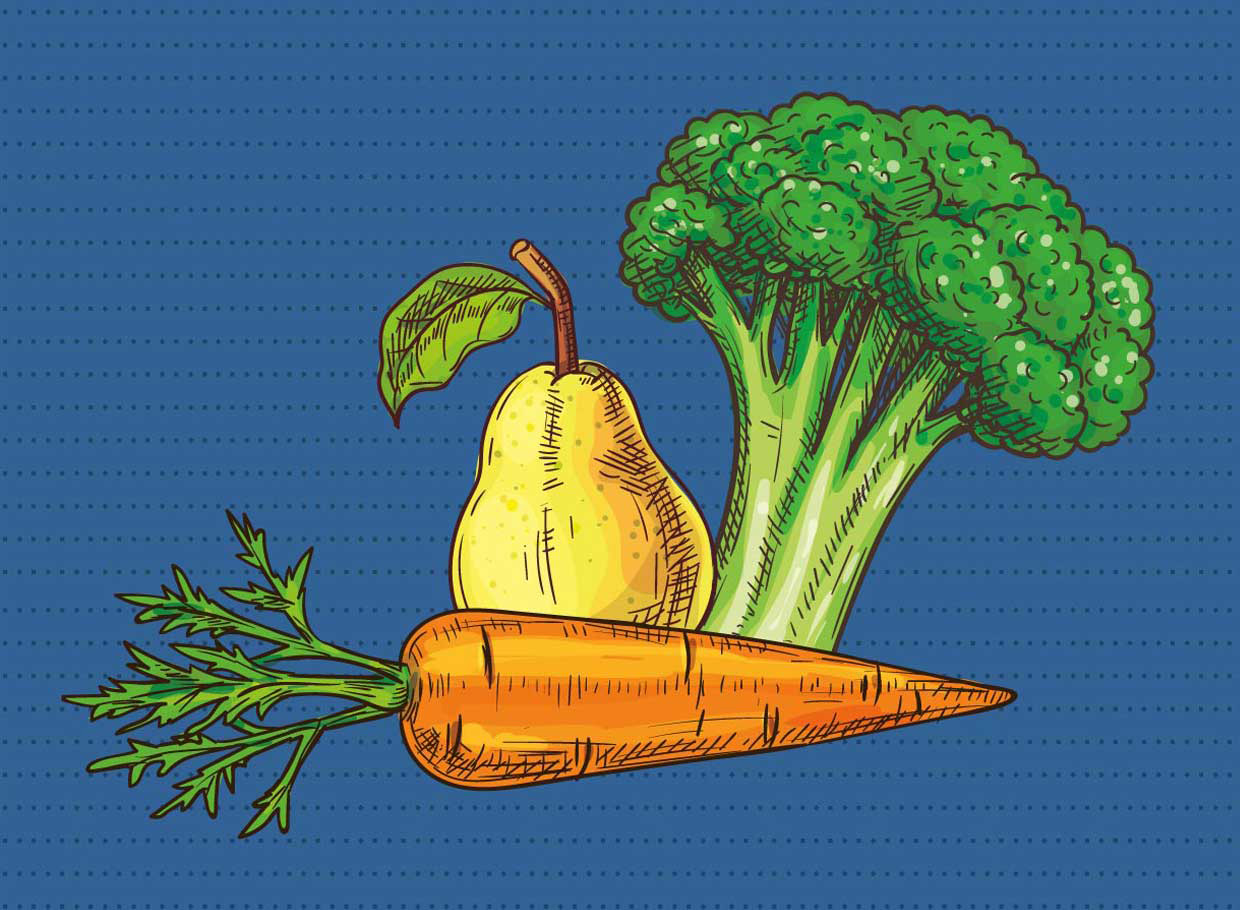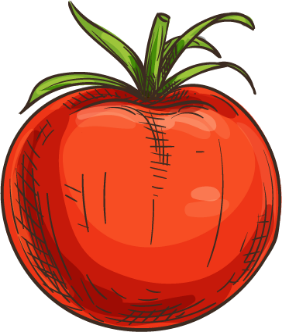With help from their FoodCorp service member, cafeteria staff, and various faculty members, Bloom conducted weekly taste tests during the lunch hour. Offering different varieties of produce or various preparations of the same item, the team passed out samples at the lunch line along with their main meal. For example, on squash tasting day, students tried roasted delicata, butternut, spaghetti, acorn, and blue hubbard squashes. Bloom then polled students in the cafeteria to determine their favorite variety. Students received a paper ballot with their taste test and were asked to mark one of the following ratings: tried it, liked it, or loved it. For the squash tasting, sweet and savory butternut squash was a clear winner.
In addition to nutrition education posters created by Bloom featuring taste test items, the school garden played a key role in the program. Classes were conducted in the garden and students had the opportunity to plant and/or harvest the items they were tasting in the lunchroom, such as arugula, spinach, sweet potato, and carrots. Bloom and Food-Corp service members also used the campus community kitchen to conduct student cooking lessons with these items.
These diverse and tactile experiences enabled students to learn about produce across a broad spectrum of contexts.










